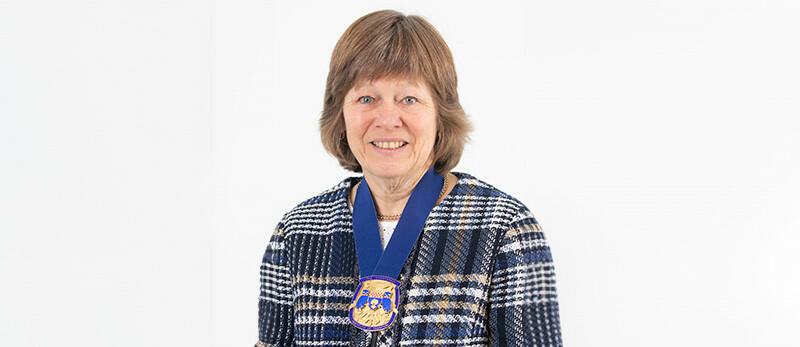CIOT President's page: The start of a journey

In some respects, it’s a new year in the CIOT, as we hand over the governance baton, and may I begin by taking the opportunity to thank Gary for his service as President in the last 12 months.
I am honoured to become President – it’s a great privilege and I hope to do my best to fulfil the role well. By way of background, I passed the ATII exams in 1988 and have been a proud member since then. Initially, my closest connections with the CIOT, as it later became, were with the Scotland branch and its activities, but I also worked for a brief period with LITRG and then Tax Help for Older People.
Much of my working life, however, has been as a member of staff at the Institute of Chartered Accountants of Scotland, teaching tax for over 10 years, and covering a range of policy and regulatory roles. I believe our professional bodies are an important part of our support mechanisms and it is this, combined with an interest in governance, that makes me really pleased to be involved in the CIOT Council, and now to become President.
In the last 10 years or so, I have been actively involved with the Professional Conduct in Relation to Taxation (PCRT) guidance because an important part of being a professional is in how we conduct ourselves. The tax profession was criticised by the government in 2015 regarding the selling of tax avoidance schemes, with PCRT subsequently amended to include mandatory Tax Planning Standards. However, tax adviser behaviours are again being called into question.
To me, the poor behaviours fall into two categories, one being those around minimising tax (i.e. tax avoidance) but which merge into the fraudulent and now impact more on unrepresented, lower paid taxpayers. The second group causing concern is around competence or, more precisely, incompetence and error that aggravates the tax gap.
HMRC issued its consultation document ‘Raising standards in the tax advice market – strengthening the regulatory framework and improving registration’ on 6 March and the CIOT and LITRG have each responded to this paper. (The responses are on their respective websites.) There are a number of issues raised that will be difficult to resolve or to adequately cater to in any regulatory scheme in a proportionate and effective manner. Also, the poor practices are with us now and could do with being addressed now but I expect any legislative solution to be some time in the making.
Many accept that there will be further regulation – but in what form? We therefore must start to think whether the compliance activities within the CIOT need to be further developed. If so, will this change the nature of the relationships between the Institute and its members? Will it be costly to implement and operate (and if so, who will pay)? To what extent should the CIOT choose to extend its regulatory reach – or await statute?
I think it is likely that this consultation will be the start of a journey, which may have profound consequences in tax advisers’ relationships with both clients and HMRC, and between members and the Institute. The CIOT will continue to liaise with HMRC on this topic.
On a different note, I was delighted to be invited to join the Leeds branch at their ‘End of Tax Year’ party with opportunities to talk tax, to hear members’ interests and concerns, and more generally network. My thanks to Emma Rawson, and her fellow branch committee members, for organising a great evening. I hope to attend other branch events over the course of the coming year.
And do sign up to attend CPD events – the CIOT has a focus on AI at present with an introductory webinar available online. In addition, the CTA Address on 5 June considers AI, a bite size course is coming soon, and there is the CIOT’s Diploma in Tax Technology (with over 700 studying this since its launch last year). I’m also a fan of the Cambridge conference (which runs from 13 to 15 September) and have it in my diary to attend.
I look forward to meeting members, volunteers and staff over the coming year and to hearing your views on the issues facing the tax profession.


